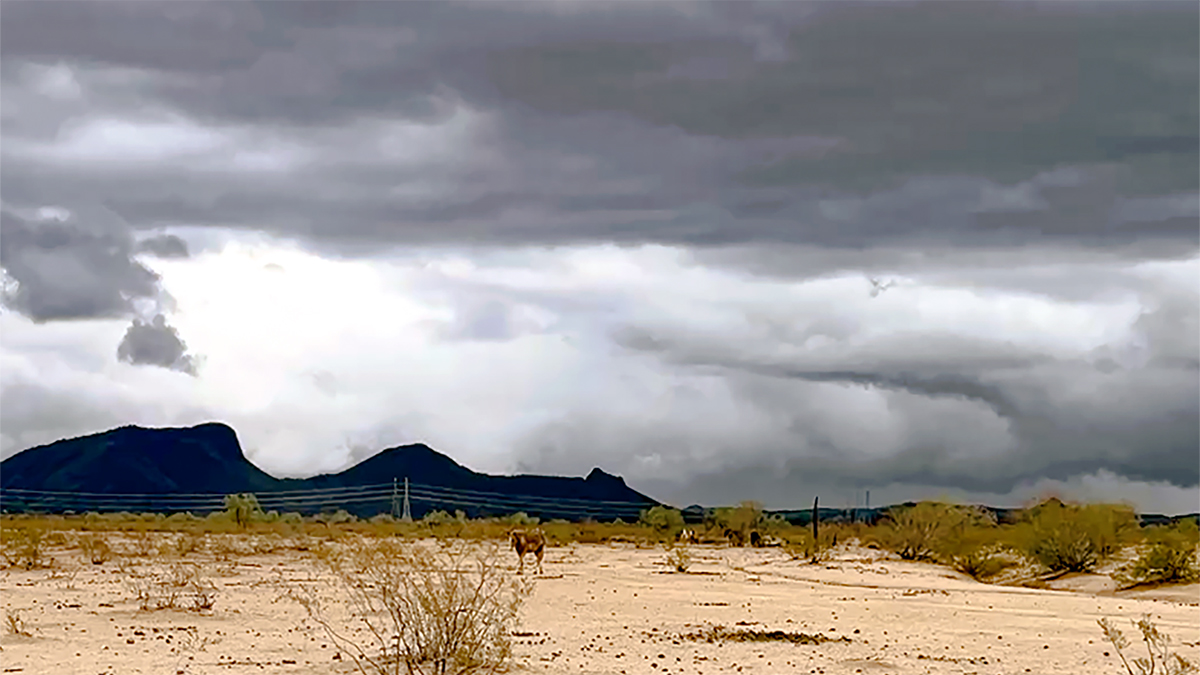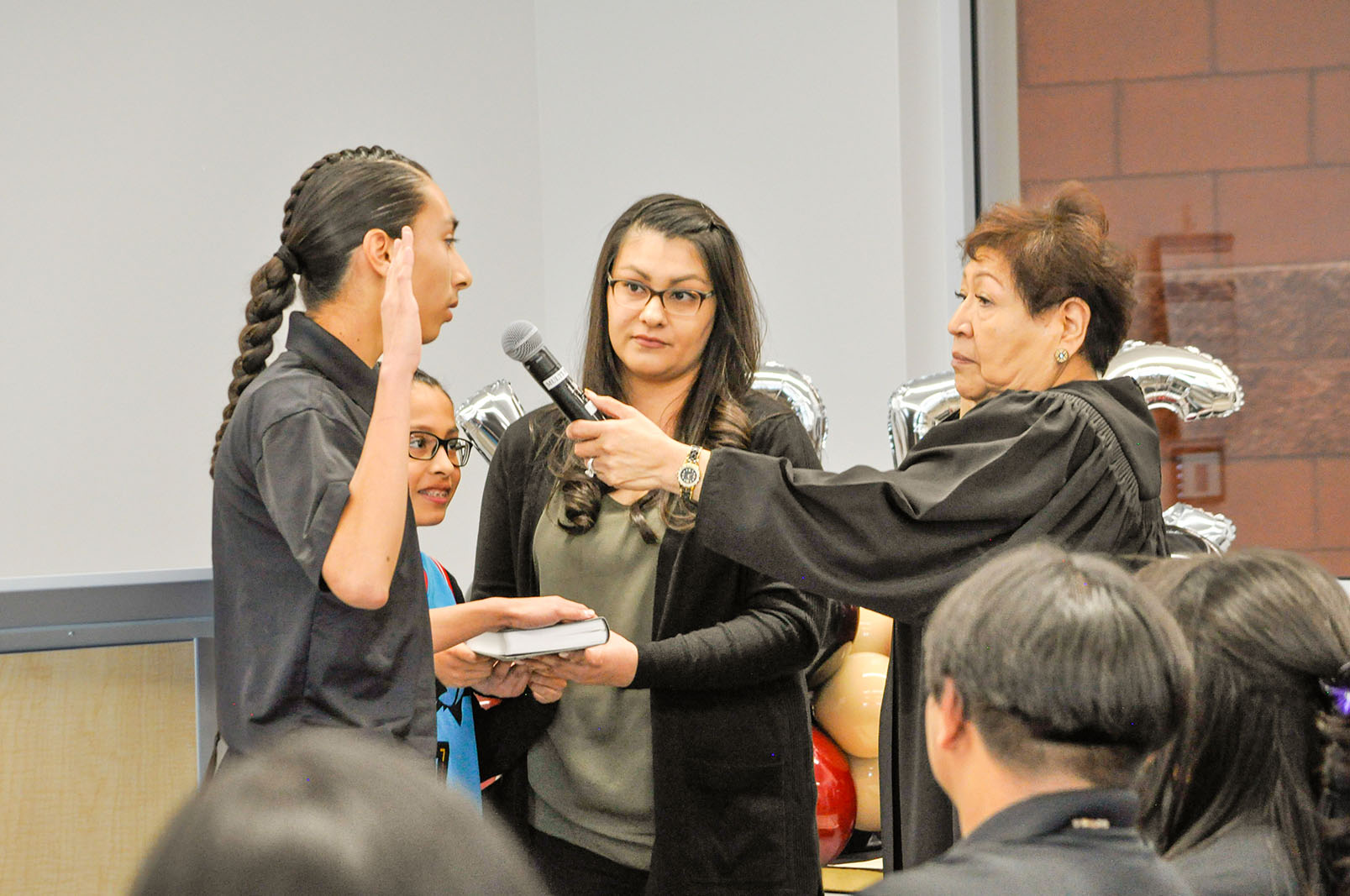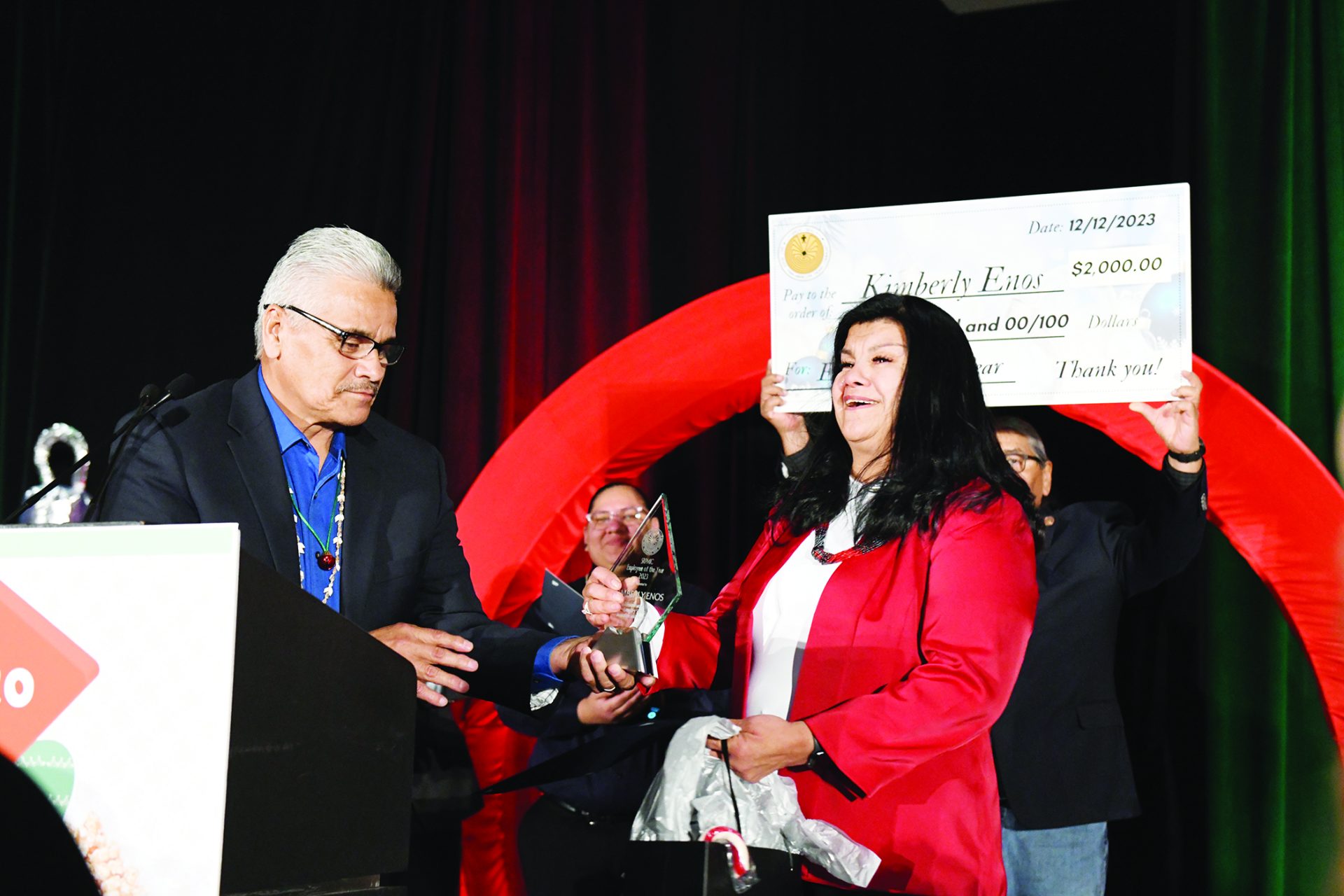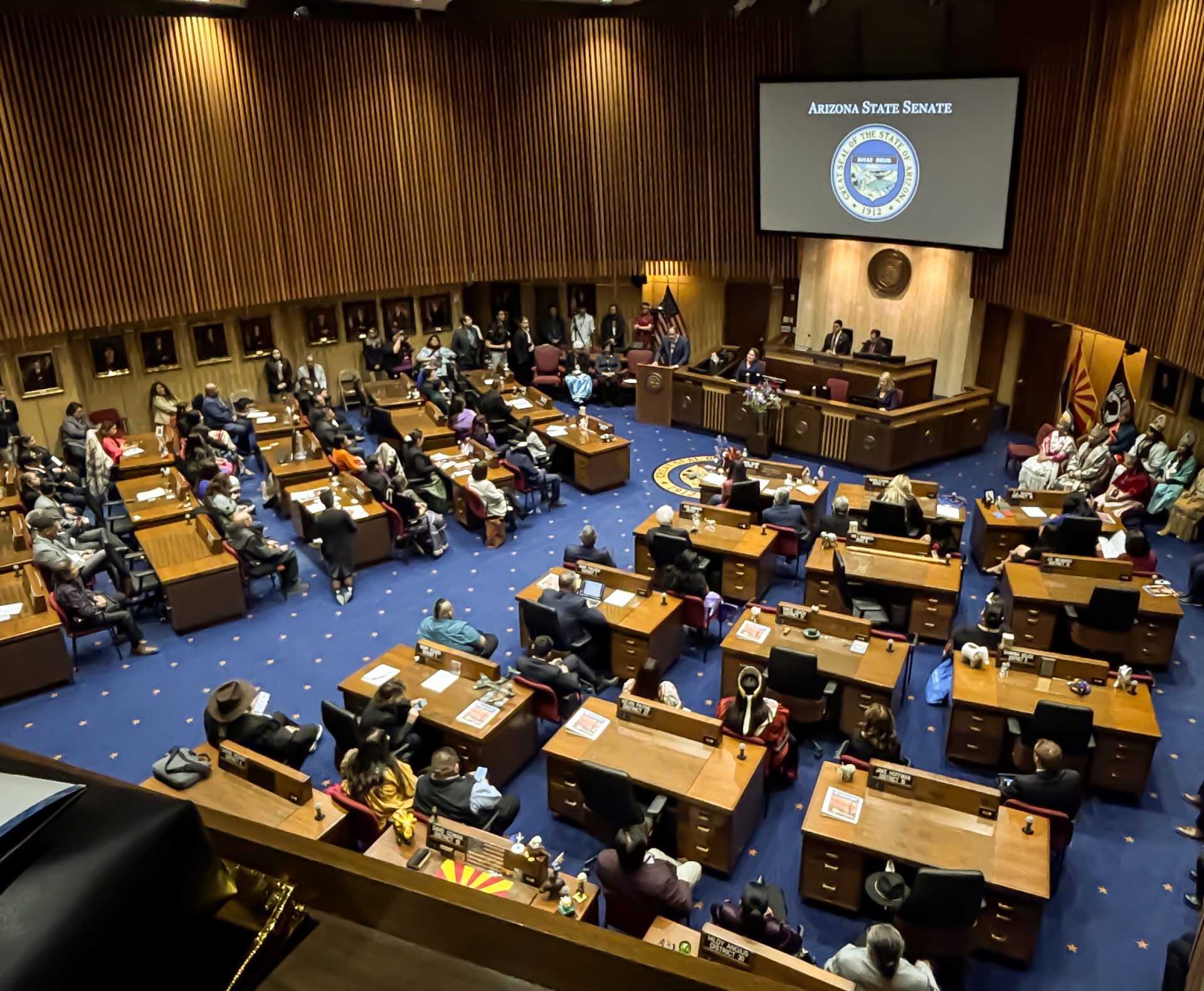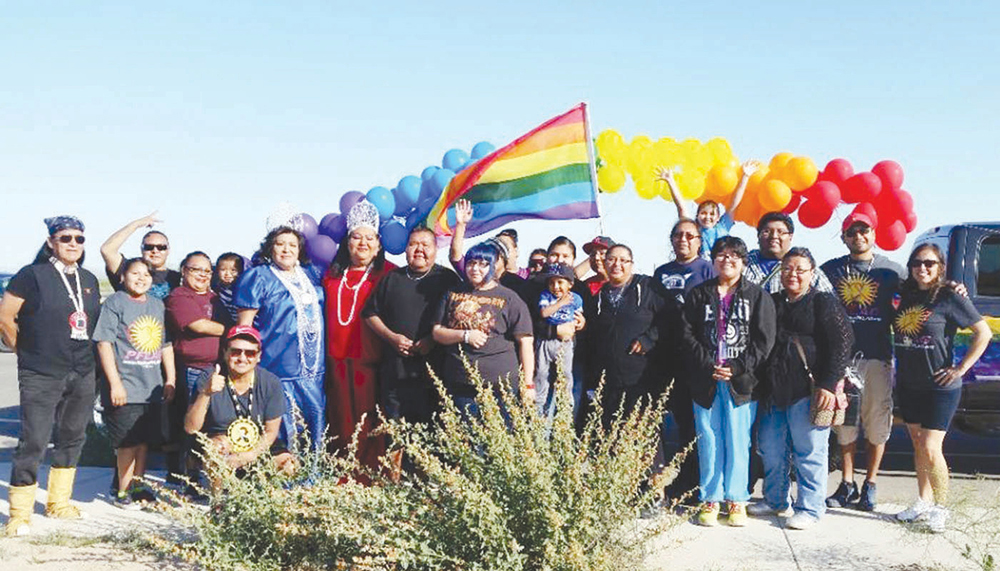VIEWS: 3221
July 15, 2025Arizona’s Monsoon Outlook Shows Potential to Bring in Above Normal Precipitation
The monsoon season in Arizona officially began on June 15 and is expected end in mid-September. The outlook for monsoon season is expected to receive above-normal precipitation this year, in addition to the expected blazing hot temperatures.
In a study conducted by the National Weather Service in May, last year’s monsoon season in Arizona experienced an increase in rainfall compared to previous years. Once the season was over and the winter season arrived, low rainfall resulted in record dryness across the entire state, increasing the potential for wildfires due to “dry lightning.”
Dry lightning is a type of thunderstorm that produces little to no rainfall, resulting in a potential for wildfires in the state. Over half a million lightning strikes occur in the state each monsoon season.
This year, dry lightning may have to take a backseat, as a NWS study revealed that Arizona is expected to experience a 33-50% increase in above-normal precipitation. The cities that may experience an increase in rainfall this monsoon season are Phoenix, Tucson, Flagstaff, Prescott, Kingman, Globe, Show Low, Nogales and Douglas. Yuma doesn’t expect to see an increase of rainfall this monsoon season.
On average, Flagstaff receives the most rainfall during every monsoon season, with the city’s annual average precipitation at 7.63 inches. Comparatively, Phoenix receives an average of 2.43 inches. Yuma also continues to hold its title as being one of the sunniest places on Earth, averaging less than one inch of rainfall per monsoon season.
Weather officials also announced that Arizona temperatures may see a slight decline compared to previous years. Officials continue to encourage residents to stay indoors and stay hydrated as much as possible.
The summer months can also be a trying time for our four-legged pet friends. For those who like to take pets on walks, it’s important to know that any temperature over 90 degrees Fahrenheit can cause damage to a pet’s paws, as well as increase the chances of heat exhaustion, stroke and other heat-related illnesses. Officials suggest implementing the “7-second Rule”: If you can’t hold the back of your hand on the pavement for 7 seconds without experiencing discomfort, it’s too hot for dogs’ paws. To combat the heat, officials suggested going out for walks in the early morning before the sun reaches its daily peak temperature.
Here, in the Salt River Pima-Maricopa Indian Community, the Emergency Management Team has already begun promoting the various ways to stay safe. The team has been actively promoting the locations of Community hydration stations, as well as providing information on how to stay prepared for any situation during this monsoon season.
Additionally, the team has also encouraged Community members to ensure their family’s emergency kit is well-stocked and up to date with the correct medical and other life-saving items.
Emergency kits help ensure a family is kept safe if they find themselves experiencing a power outage or any other emergency.
If Community families find themselves in need of assistance this monsoon season, the SRPMIC emergency management team is available to help.
Families can email emergency.management@srpmic-nsn.gov or call (480) 850-9230 to speak to a representative from the Emergency Management team for assistance on the different ways to stay safe and aware this monsoon season.
For emergencies, please always dial 911.

